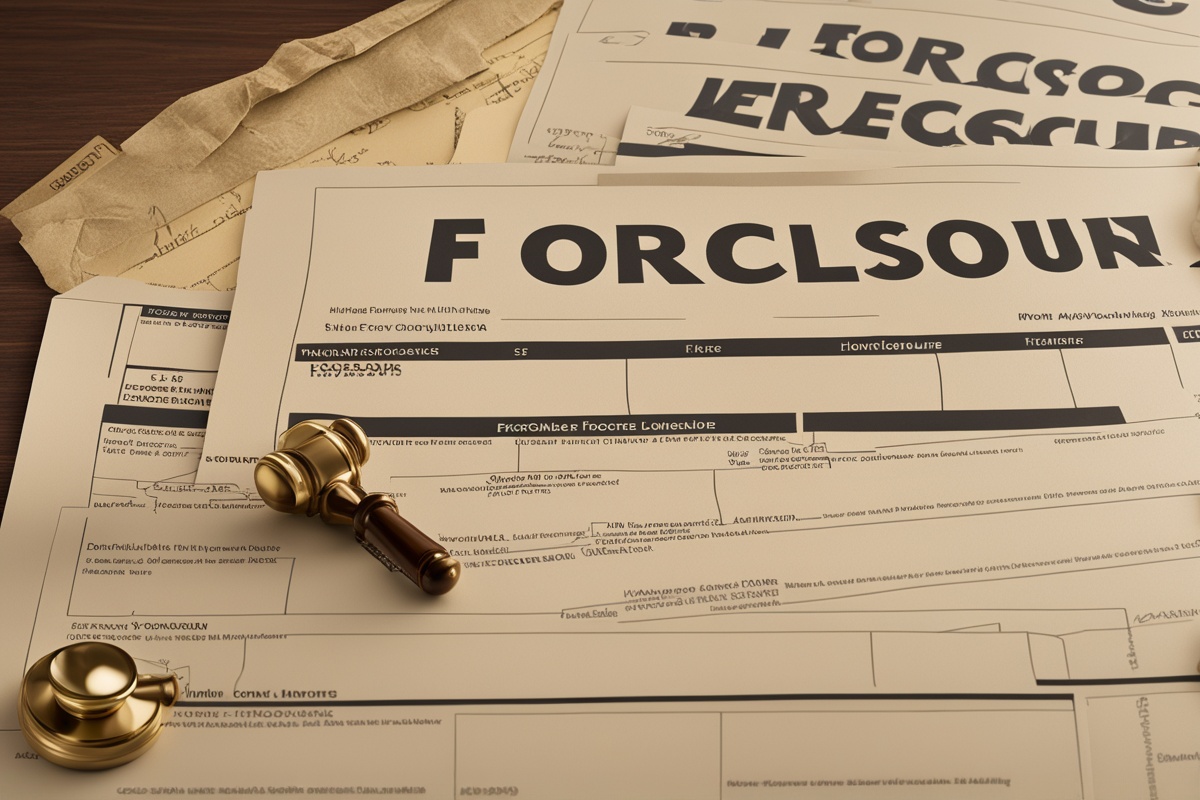If you’re a homeowner or investor in California facing the possibility of losing a property, understanding the foreclosure process is crucial. The Best California Foreclosure Process Explained Simply offers a clear roadmap to navigate this complex legal journey. This guide breaks down the essential steps, laws, and options available under California’s unique regulations. Whether you’re seeking to protect your home or understand the implications of foreclosure, this article provides actionable insights to help you make informed decisions. Let’s dive into the details of foreclosure in the Golden State.
California Foreclosure Steps Unveiled
The foreclosure process in California is governed by specific state laws that dictate how lenders can reclaim a property when a borrower defaults on their mortgage. Understanding these steps is vital for anyone looking to grasp the Best California Foreclosure Process Explained. The process typically begins when a borrower misses multiple mortgage payments, triggering a series of legal actions by the lender. California primarily follows a non-judicial foreclosure process, meaning it often does not require court involvement, which can make the timeline faster compared to judicial foreclosures in other states [1].
The first formal step is the issuance of a Notice of Default (NOD), which is recorded with the county and sent to the borrower. This notice gives the homeowner a chance to cure the default within a specific timeframe, usually 90 days. If the default isn’t resolved, the lender moves forward with a Notice of Trustee Sale, setting a date for the property auction. For more on how state laws shape this process, check out How State-Specific Foreclosure Laws Impact Real Estate Deals.
Key Stages in CA Home Repossession
The journey of home repossession in California involves several critical stages that every homeowner should understand. After the initial missed payments, the lender begins with pre-foreclosure actions, such as sending reminders or offering loss mitigation options like loan modifications. If these efforts fail, the formal foreclosure process kicks off with the Notice of Default, as mentioned earlier [2].
During the 90-day period after the NOD, homeowners can explore options like reinstatement (paying the owed amount) or requesting a short sale. If no resolution is reached, the property heads to a public auction after the Notice of Trustee Sale is issued, typically 21 days before the sale date. This stage is crucial in the realm of foreclosure basics, as it marks the final opportunity for intervention. For deeper insights, visit Understanding California Foreclosure Process Explained.
- Pre-Foreclosure: Initial missed payments and lender outreach for solutions.
- Notice of Default: Formal notice filed, starting the 90-day cure period.
- Notice of Trustee Sale: Sets auction date if default isn’t cured.
- Auction: Property sold to the highest bidder if no resolution occurs.
Understanding Foreclosure in the Golden State
California’s approach to foreclosure stands out due to its preference for non-judicial processes, which are faster and less costly for lenders but can be challenging for homeowners due to limited court oversight. When exploring the Best California Foreclosure Process Explained, it’s important to recognize how these rules impact both parties. The state also offers certain protections, such as the right to reinstate the loan up to five days before the auction, providing a last-minute lifeline for struggling borrowers [3].
Additionally, California law requires lenders to explore foreclosure prevention alternatives before proceeding with a sale. This includes offering mediation or loan modification options in some cases. Homeowners should be aware of these rights to avoid losing their property unnecessarily. Curious about broader state impacts? Read more at How State-Specific Foreclosure Laws Impact Real Estate Deals.
Navigating California’s Property Seizure Laws
California’s property seizure laws are designed to balance the interests of lenders and borrowers, but they can be complex to navigate without proper guidance. For instance, the state’s anti-deficiency laws may protect borrowers from being pursued for the remaining loan balance after a foreclosure under certain conditions, particularly for purchase-money loans on primary residences. This is a key aspect of understanding foreclosure in California and can significantly affect a homeowner’s financial recovery post-foreclosure [4].
Imagine discovering that after losing your home, you’re still on the hook for thousands in debt. This scenario is why knowing your rights under California foreclosure laws is essential. Homeowners should also note that lenders must adhere to strict timelines and notification requirements, giving you opportunities to act. What is the Best California Foreclosure Process Explained in terms of legal protections? It’s about leveraging these laws to potentially delay or prevent a sale while seeking viable solutions.
Essential Guide to CA Foreclosure Basics
When delving into foreclosure basics in California, there are several foundational concepts to grasp. First, recognize that most foreclosures in the state are non-judicial, relying on the power of sale clause in the deed of trust rather than court proceedings. This means the timeline can be as short as 111 days from the Notice of Default to the auction, leaving little room for delay. Additionally, California’s Homeowner Bill of Rights provides safeguards, such as prohibiting “dual-tracking,” where a lender pursues foreclosure while simultaneously negotiating a loan modification [5].
- Non-Judicial Process: Foreclosure without court involvement, based on deed of trust.
- Reinstatement Period: Option to pay owed amount before auction.
- Homeowner Bill of Rights: Protections against unfair lender practices.
How Foreclosure Works in California
Understanding how foreclosure works in California requires a closer look at the interplay between state laws and individual circumstances. Once a borrower defaults, the lender initiates the process by recording a Notice of Default, which publicly announces the intent to foreclose. The homeowner then has 90 days to resolve the issue before the lender can schedule a sale. If the property goes to auction and doesn’t sell, it becomes Real Estate Owned (REO) by the lender, often leading to further complications for the original owner [6].
Throughout this process, communication with the lender is critical. Many homeowners are unaware of programs like the California Housing Finance Agency’s assistance options, which can provide temporary relief. Have you ever wondered how California foreclosure rules differ from other states? The emphasis on non-judicial proceedings and borrower protections sets it apart, making it essential to stay informed about your rights and options.
This content is for informational purposes only and not financial advice; consult a professional.
References
- [1] California Civil Code Section 2924 on Non-Judicial Foreclosure Procedures
- [2] Guide to California Foreclosure Timelines, 2023
- [3] Homeowner Bill of Rights Overview, California Department of Justice
- [4] Study on Anti-Deficiency Laws in California, 2022
- [5] Report on Foreclosure Prevention Programs in California, 2024
- [6] Analysis of REO Properties and Foreclosure Outcomes, 2023





